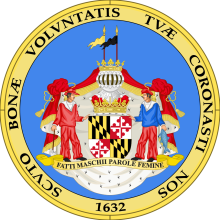Lawmakers Urge Treasury to Revise Spending Rules on Coronavirus Relief Funds
The day after the U.S. Treasury published the Interim Final Rules on how Coronavirus relief funds in the American Rescue Plan Act can be spent, we sounded the alarm because it appears the rules, if finalized as is, would significantly limit local communities’ ability to invest in needed broadband infrastructure.
Last week, Sen. Ron Wyden (D-Oregon) and eight other members of Congress joined the growing number of community broadband advocates who share those concerns.
On Tuesday, May 25, Sen. Wyden sent a letter to Treasury Secretary Janet Yellen urging her “to ensure any community with service that falls below (the Treasury’s) own standard of 100 (Megabits per second) Mbps upload and download speeds is eligible for funding.”
Two days later, U.S. Rep. Anna G. Eshoo (D-California) and Sen. Cory Booker (D-New Jersey) penned a similar letter that was also signed by Wyden and six other members of Congress (U.S. Reps. Raúl M. Grijalva, Mike Thompson, Jerry McNerney, Lori Trahan, Peter Welch, and Debbie Dingell). Eshoo and Booker have long led efforts to support local initiatives to expand Internet access with community solutions.
25/3 Not Sufficient
Even as the Treasury acknowledges that families really need 100/100 Mbps service, as the Interim Rules are currently written it suggests communities are expected to focus on areas that do not have 25/3 Megabits per second (Mbps) wireline service “reliably available.” About 90 percent of Americans have 25/3 “available” to them by flawed federal estimates, although millions lack service because it is unaffordable or effectively unreliable. And there is no standard for reliability that communities can measure against.
The Eshoo/Booker letter is particularly salient on this point:



